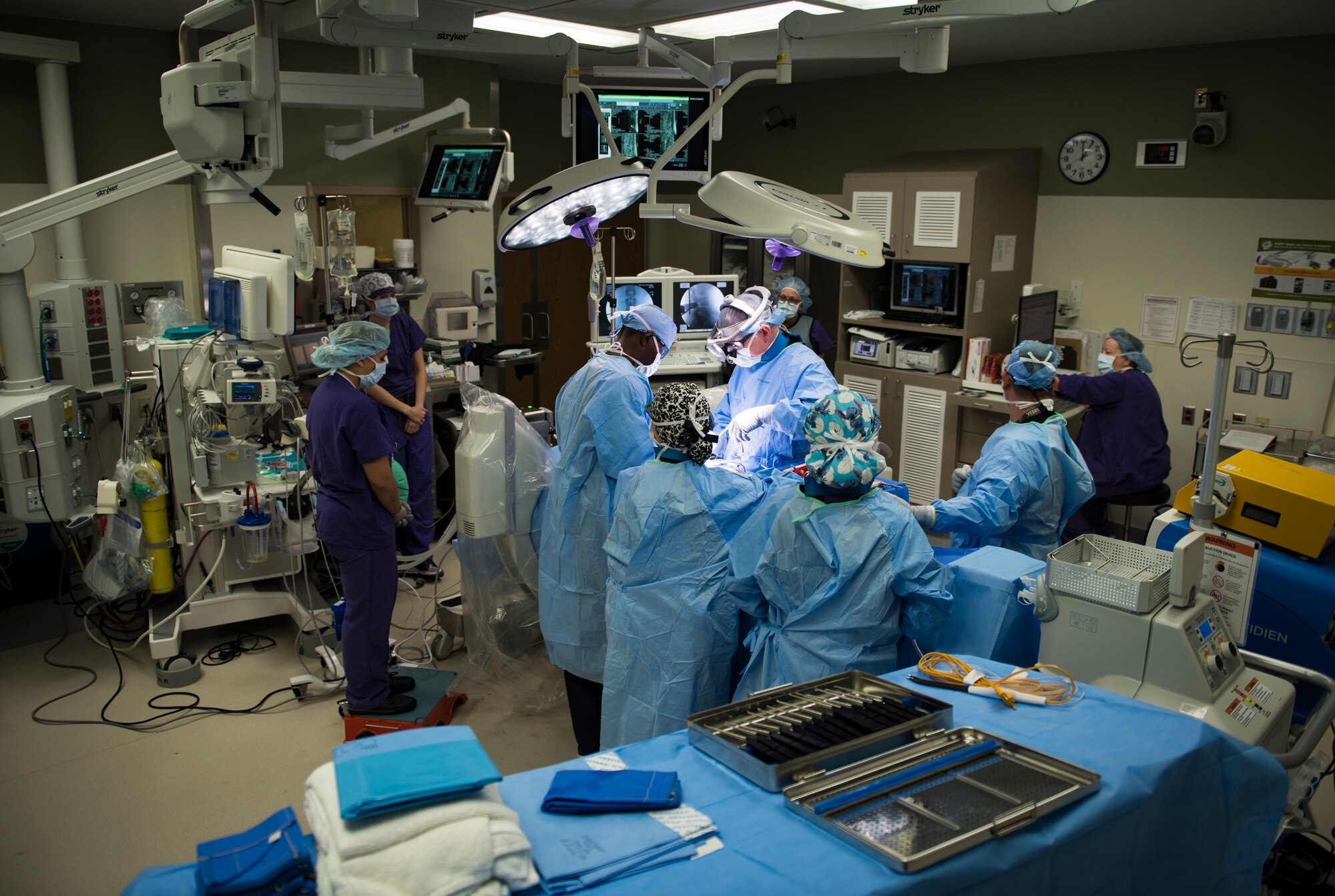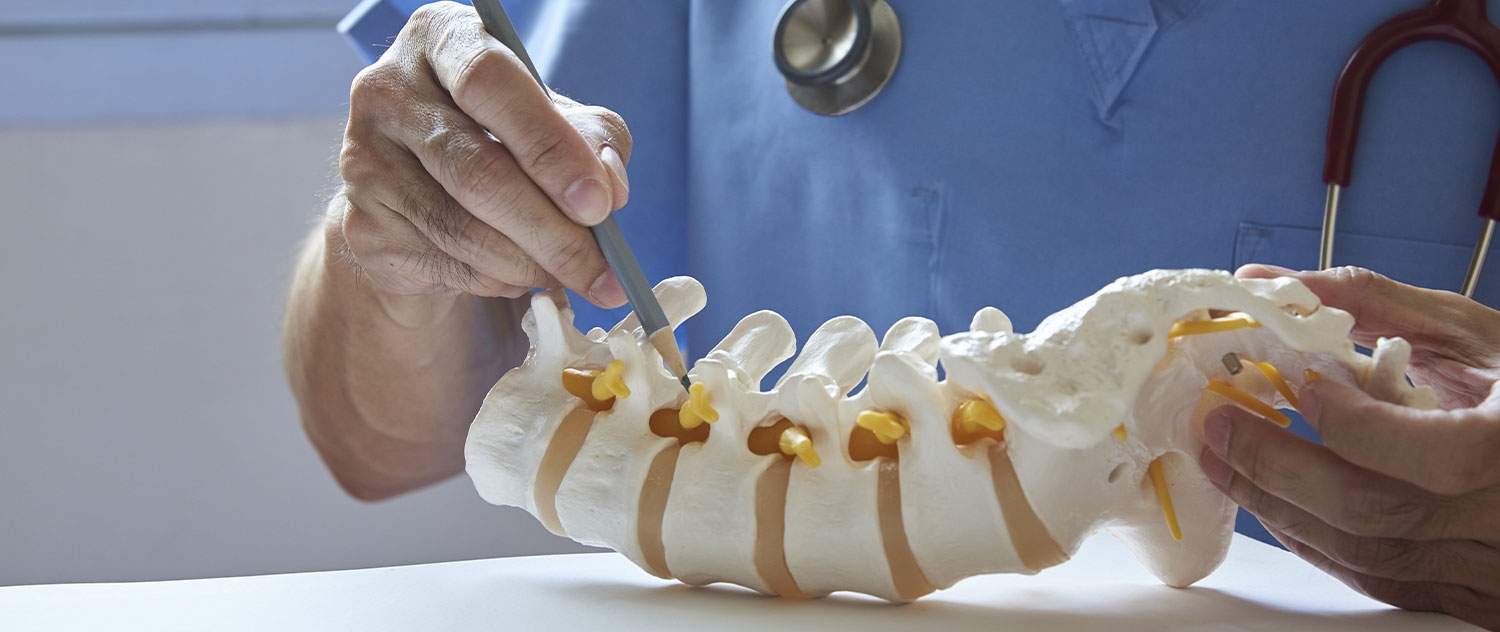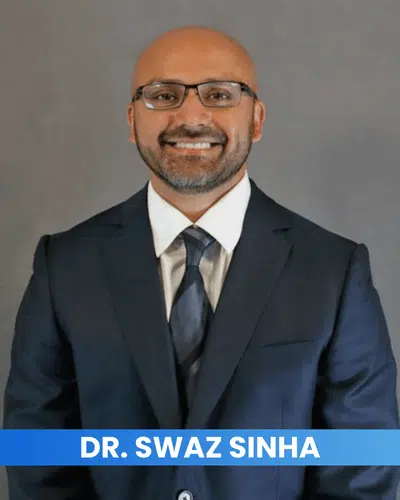A Review of Spinal Column Problems That Usually Cause Surgical Therapies
Back conditions such as herniated discs, spine constriction, and degenerative disc condition often demand medical treatments when traditional therapies fail to reduce consistent symptoms. These conditions not only cause substantial pain yet can also badly impair daily functioning and overall top quality of life. Recognizing the subtleties of each problem and the corresponding surgical choices, such as discectomy or spine combination, is crucial for reliable administration. As we check out these conditions even more, it comes to be noticeable that the decision-making process bordering surgical treatment is diverse and warrants mindful factor to consider.
Herniated Discs
Although several people with herniated discs may discover relief through conventional treatments, surgery becomes a needed factor to consider when signs and symptoms linger or intensify - best spine surgeons in st louis mo. A herniated disc occurs when the soft inner gel of a spine disc sticks out through its external layer, potentially pressing nearby nerves and leading to discomfort, tingling, or weakness in the extremities
Conservative management typically consists of physical therapy, pain medicines, and corticosteroid injections, which aim to reduce inflammation and boost feature. In situations where these approaches fail to ease incapacitating signs, surgical options might be discovered.
The most common operation for herniated discs is a discectomy, which involves the elimination of the herniated portion of the disc to eliminate stress on the impacted nerve root. In a lot more serious situations, back combination might be essential to support the affected vertebrae.
Clients are encouraged to discuss the potential threats and benefits of surgery with their doctor to make an informed choice. Eventually, the objective of any kind of medical treatment is to recover feature, ease discomfort, and boost general lifestyle for people struggling with herniated discs.
Spinal Constriction
Spinal constriction takes place when the rooms within the spine narrow, causing boosted stress on the spine and nerves. This condition can establish in different regions of the back, consisting of the cervical and lumbar locations, typically due to age-related changes, such as degenerative disc condition, arthritis, or enlarging of ligaments.
Clients with spine stenosis might provide with signs and symptoms that include discomfort, pins and needles, prickling, or weakness, mostly in the arms or legs. These symptoms can be aggravated by activities that include standing or strolling, often leading people to look for relief with conservative therapies like physical therapy, medicines, or epidural steroid injections.
Nonetheless, when these non-surgical treatments stop working to supply adequate alleviation, surgical options may be thought about. Typical surgical treatments for back constriction include laminectomy, which entails the elimination of part of the vertebra to minimize pressure, and back combination, which stabilizes the damaged location. The choice to go after surgical procedure is typically based upon the seriousness of signs, the level of useful disability, and the general health of the person. Motivate diagnosis and monitoring are important to stop more neurological compromise and enhance quality of life.
Spondylolisthesis
Spondylolisthesis happens when one vertebra slides onward over another, bring about imbalance of the spine. This condition can arise from various factors, including hereditary problems, trauma, or degenerative changes in the spine. It is most generally observed in the lumbar region, specifically at the L4-L5 and L5-S1 degrees.

When non-surgical techniques fail to eliminate symptoms or when considerable look at this website nerve compression is present, medical intervention might be warranted. Surgical alternatives can include back combination or decompression treatments, intended at recovering placement and relieving neurological signs and symptoms.
Degenerative Disc Disease

The condition can be more information identified via a mix of professional evaluation, imaging researches, and patient history. When these approaches stop working to give adequate alleviation, medical treatments may be considered.
Surgical choices for DDD may include spinal blend or artificial disc substitute, targeted at stabilizing the impacted section and easing discomfort (best spine surgeons in st louis mo). Inevitably, the selection of therapy is embellished, thinking about the severity of the problem, patient wellness, and lifestyle elements
Spine Tumors

Spinal growths can develop from various aspects, consisting of hereditary tendency, ecological influences, and pre-existing clinical problems. Patients might offer with a range of signs and symptoms, consisting of localized pain, neurological shortages, weak point, or changes in digestive tract and bladder function, depending on the tumor's dimension and location.
Medical diagnosis generally involves imaging researches such as MRI or CT checks, which aid define the growth's characteristics and impact on surrounding structures. In analyzing treatment options, the lump's quality, type, and location are critical factors to consider. Surgical treatment may be called for to ease signs and symptoms, get a biopsy, or get rid of the tumor entirely. The goal of surgery is typically to unwind neural elements and support the back. Adjuvant therapies, consisting of radiation or radiation treatment, might also be needed depending upon the growth's nature. Early detection and intervention are crucial for optimizing results in patients with back growths.
Final Thought
In recap, spinal column conditions such as herniated discs, spine constriction, spondylolisthesis, degenerative disc illness, and spine growths regularly necessitate surgical intervention as a result of their potential to trigger substantial pain and practical problems. While traditional treatments might supply momentary relief, surgical choices become vital when signs and symptoms worsen or linger. Prompt medical diagnosis and intervention play an important duty in bring back function and enhancing the top quality of life for afflicted people, highlighting click this the significance of extensive back treatment.
